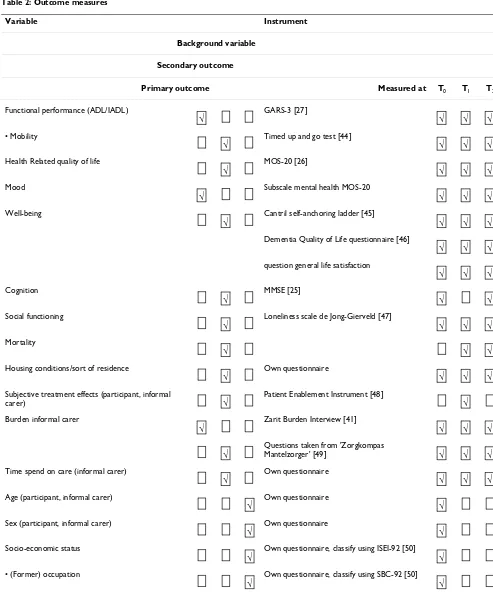The design of the Dutch EASYcare study: a randomised controlled trial on the effectiveness of a problem based community intervention model for frail elderly people [NCT00105378]
Full text
Figure



Related documents
NFS is a distributed file system that enables users to access files and directories on remote servers as if they were local. The user can use operating system
These power-peak harmonics will be called carriers and, principal carrier will be the one with the lowest nonzero frequency ( k =1), while all others will be referred to as secondary
Broadly, spectrum allocation in CRNs can be done in two ways- (i) one-step allocation in which the spectrum regulator simultaneously allocates spectrum to primary and secondary users
METHODS: The adjusted associations of breastfeeding or milk consump- tion at 6 months, 3 years, and 5 years with clinically assessed age at pu- bertal onset (Tanner stage II)
effective shamanachikitsa which can give better cure this study on Svayambhuvagugguluvati is selected Source of data: A minimum of 20 patients suffering from JanuSandhigatavata
RANGE OF CLINICIAN DIRECTIVENESS IN SERIOUS PEDIATRIC ILLNESS A clinician needs to adapt his or her degree of directiveness to changing clinical conditions, the type of decision
In data from the largest validated pediatric surgical outcomes registry in North America, it is suggested that perioperative RBC transfusions may be associated with higher odds
1 The AAP recently produced several policy statements that provide guidelines to prepare hospital emer- gency departments to serve pediatric patients 2 and emergency information